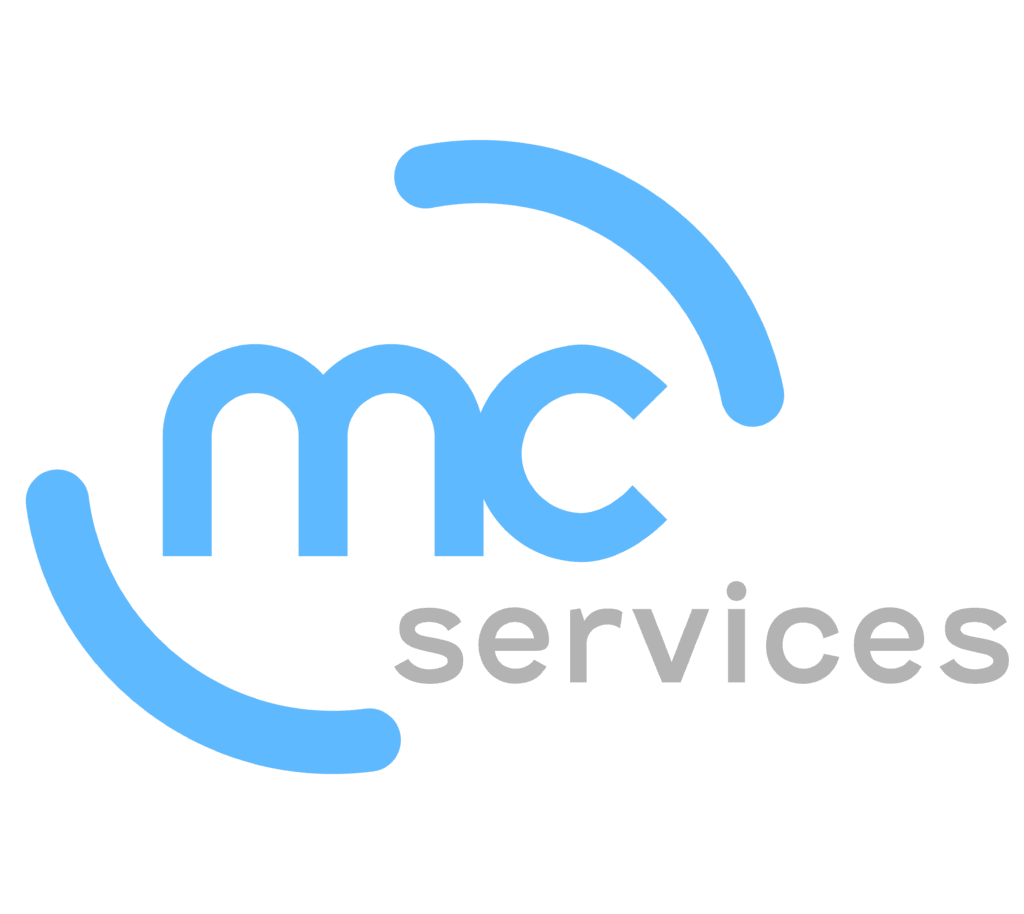Custom programming is becoming increasingly necessary as a changing application ecosystem pushes businesses to use mobile apps and services to gain a competitive edge. Whether companies need to create proprietary apps to meet a niche requirement or establish a custom database to support a sophisticated app strategy, custom development can be invaluable. Creating unique services is necessary as businesses compete to respond to the widespread move toward mobile devices and resulting need to support a wide variety of apps and services.
The rise of app culture
The mobile enterprise application market will be valued at $98.03 billion in 2021, MarketsandMarkets found. The research firm discovered that businesses are using a diverse range of apps and services, with many industries and regions going mobile as they try to respond to new work patterns. To a great extent, this move to embrace mobile apps comes because smartphones and tablets provide organizations with new opportunities to improve connectivity and productivity. However, the potential gains offered by the hardware are only possible through the presence of robust apps and services. To that end, the mobile enterprise apps sector will experience revenue expansion at a compound annual growth rate of 15.24 percent for the period of 2016 through 2021.
This rapid increase in demand for mobile apps comes as businesses try to respond to a variety of converging trends. When it comes to empowering mobile users, businesses must:
- Balance the risk of shadow IT – a situation in which users subscribe to apps and services without IT approval or awareness – with a situation in which employees are less productive because business software isn't mobile-ready.
- Assess the extent to which enterprise employees will actually comply with business rules regarding app use and downloads or allow the organization to control their personal devices.
- Consider how changing customer demands around responsiveness and availability are pushing their workers to embrace mobile technologies even if the IT department isn't ready.
- Evaluate the tech learning curve within the workforce and look at how intuitive, consumer-like mobile apps are making employees more comfortable with advanced technologies.
- Establish IT processes and procedures that allow them to optimize and update apps relative to the unique operating system and security demands of each device and operating system type.
These factors are coming together to change how organizations interact with and deploy technology. For example, consider the situation of a typical employee who finds that there simply isn't enough time in a typical day to keep up with work and life demands. In response, this worker has begun to hop on work email during the commute to prepare for each day and catch up on emails before going home for the evening.
"Shadow IT highlights the risk of failing to keep up with the changing app climate."
Over time, this hypothetical worker needs to complete more tasks on the commute, such as sharing files or editing reports. The problem is that your business operates in a niche industry with fairly unique needs, so you can't just grab a typical enterprise productivity app and give users everything they need. Instead, this worker had downloaded a consumer app and decided to work around your security protocols to get the job down.
This example of shadow IT highlights the risk of failing to keep up with the changing app climate. The way people work is changing. Organizations that fail to keep up put themselves at risk.
Businesses struggling to keep pace with app demands
For most businesses, devoting the time and resources to development that is needed to keep pace with mobile demands is not realistic. A Gartner study found that more than 25 percent of companies have not built, customized or virtualized a mobile in the last 12 months. This represents a decrease from last year, but on the whole, businesses are creating a significantly greater number of mobile apps than they have in the recent past. What they are doing, however, is planning to get to work on developing new apps.
Adrian Leow, research director at Gartner, explained that many companies are still playing catch-up.
"Many IT teams will have significant backlogs of application work that need completing, which increases the risk of lines of business going around IT to get what they want sooner," said Leow. "Development teams need to rethink their priorities and span of control over mobile app development or risk further erosion of IT budgets and the perceived value of IT development. It's encouraging to see significant growth in the number of mobile apps that are planned, but most of this growth is in mobile web apps as opposed to native or hybrid mobile apps. This indicates that some enterprises may be frustrated with developing mobile apps and are instead refocusing on responsive websites to address their mobile needs."
Leow's final point, in particular, stands out. Businesses aren't just falling behind on mobile development because there is a lot of work to do, they are also struggling because rolling out new mobile apps is extremely difficult.

Custom development invaluable as mobile rises
Creating a good enterprise mobile app presents a variety of challenges. A solution must:
- Function effectively across multiple operating systems and device types, often with native support for at least Android and iOS.
- Be updated consistently as new operating system versions release.
- Feature data workflows that allow them to interact with other enterprise apps in a secure, flexible way.
- Incorporate user-friendly interfaces based more on consumer technologies than traditional business tools.
- Comply with any industry or organizational regulations.
While IT teams may, in some cases, have the skills necessary to create an app, they often lack the time to do so. Businesses that work with custom programming specialists can gain an edge over the competition by increasing their mobile development throughput and creating apps that solve specific pain points. For example, a business that has a legacy app that meets a key operational need can work with a mobile developer to create a modern equivalent to that solution. This empowers the business to update its processes without asking its IT team to take on a complex new project.
Increased dependence on mobile devices is making organizations more reliant on apps than ever. It isn't enough to simply have a basic solution in place. If an app isn't good enough, workers will seek an alternative. Businesses that want to keep workers happy while staying ahead of competitors can leverage custom development specialists to create the apps they need while keeping up with a rapidly -changing market.
